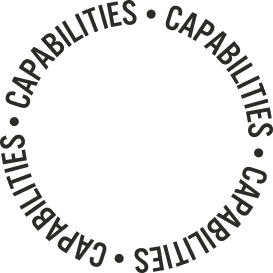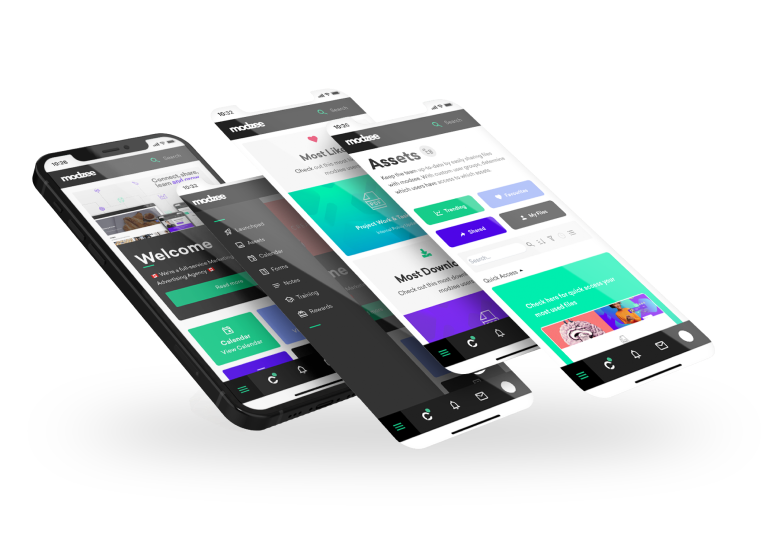It all started with a desire to bring together people and partners with a shared passion for our craft.
And a belief there is room for an agency outside of the big city circles that can deliver impactful work for leading brands across Canada.
What began as a small design studio in Hamilton has since grown into a mid-sized creative and digital agency, serving local and national partners.
As we’ve watched our city go through a cultural renaissance—and our industry go through game-changing disruptions—we’ve found ways to evolve along the way.

this was nice to hear:
"Over many years of working together on various projects, we’ve built a relationship on trust, integrity and great work. Their 'we can do that' attitude makes Creative Guild nimble and accommodating."



Research
Design + Identity
Narrative + Positioning
Templates + Collateral
Signage + Printing
Multimedia Design
Photography
Film + Motion-Graphic
Copywriting
Art Direction
UX/UI
Web, App + Software Design + Development
Ecommerce
Social Media
Email Marketing
Paid Search
Paid Social + Influencer
Digital Display
Digital Video (YT, CTV, Instream)
OOH, Print, Broadcast
We bring together people and partners we believe in, and create the space and culture for creativity to flourish. We’re the team you can count on for the skills and strategic thinking you need to support your branding, marketing, advertising, web and software development initiatives.

Tiffany Simkins

Evan Livermore

Jeff Blay

Ryan Keaveney

Chris Dibenedetto

Amy Arnold

Sydney Smith

Morgen Balch

Naomi Fox

Chloe Neale

Jasmine Sutherland

Maggie Quinn

Ally Lane

Mihir Patel

Umesh Patel

Derek Wu

Sanjaya Prasanna


One of our partner’s said they were sick of using multiple softwares and tools – and so were we. So we created a solution that connects everything a business needs in one place.
The shortcut to all your shortcuts, modzee is an employee management software we use, work with and connect our partners with. An idea born at Creative Guild, modzee has grown into an independent company and software product used by local and national businesses.


